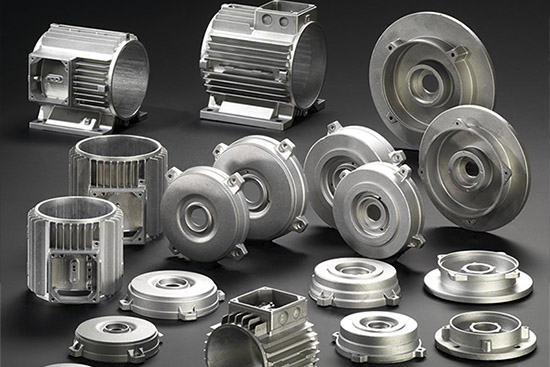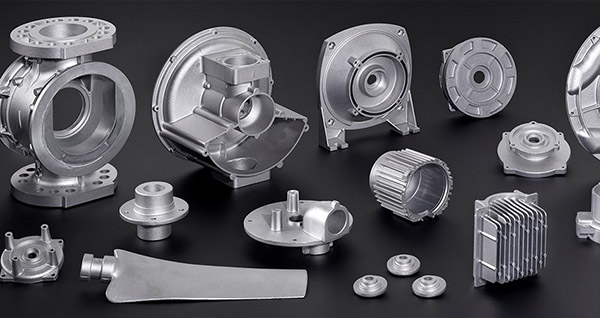Understanding Diecasting: The Course of and Its Purposes
Understanding Diecasting: The Course of and Its Purposes
Blog Article
Diecasting is a highly sophisticated manufacturing method that plays a critical role in producing intricate metal parts with excellent precision and reproducibility. The method involves introducing liquid metal into a cavity at high pressure, making it possible to create exquisite shapes and intricate design that is difficult to create using other techniques. Diecasting is used extensively in different industries, such as electronics, aerospace, automobiles and other consumer goods because of its high efficiency and capability to create quality parts. This article will explore the intricacies of diecasting, detailing its process, benefits of the process, as well as its application.
The diecasting process begins with the creation of a mold, known as a "die," which is made of hardened steel for a long time to endure high pressures and temperatures. When the mold is ready Metal alloys such as aluminum, zinc, magnesium, or copper, are heated until they become molten. The molten material is put into the mold under high pressure, ensuring it is able to fill all areas of the mold. This includes intricate sections and walls that are thin. The pressure is maintained until the material has solidified, when the die is opened, and the newly created part will be ejected. The process is high-pressure, which ensures the final product is precise and requires no any additional finishing or machining.
One of the main advantages of diecasting is the effectiveness in mass production. After the dies have been fabricated it is possible to produce thousands of identical components with the least amount of variation. This high level of repeatability is essential for industries where large numbers of identical components. In addition, diecasting is renowned for its high efficiency of materials. The process generates minimal scrap, because any excess metal is reused to make casting cycles in the future. This not only reduces costs for materials, but it also encourages sustainable manufacturing by reducing waste and conserving resources. The combination of high efficiency, high speed as well as material efficiency make diecasting an attractive option that manufacturers are looking to enhance the efficiency of their processes.
Diecasting can also provide significant advantages for mechanical properties. Components produced through diecasting typically are extremely strong and durable, thanks to the fine-grain structure formed during the rapid cooling of the molten metal. These components are suitable for any applications that require quality and performance. Additionally, it allows the use of slim walls as well as complex designs but without degrading strength and structural quality. This can be particularly beneficial for aerospace and automotive industries, where reducing weight and retaining strength is crucial. Being able to create extremely light and strong components can improve the efficiency of fuel and the performance of vehicles and aircraft. To receive additional information kindly go to Senadiecasting
Diecasting's capabilities extend to a wide array of applications throughout different industries. Within the automotive sector diecast parts are essential in the creation of engines, transmissions and structural parts. They contribute to smaller, lighter vehicles that are more efficient in fuel consumption. In the electronics sector it is utilized to create heat sinks connectors and housings, ensuring optimal thermal management and longevity for electronic devices. Consumer products also is a beneficiary of diecasting, having applications ranging from household appliances to power tools, toys and even power tools. Diecasting's versatility to different metals as well as its capability to manufacture parts with intricate design make it suitable for many different types of applications. Each benefitting from the benefits that diecasting provides.
Diecasting is a critical manufacturing technique that allows the manufacture of precise, high-quality metal parts across a wide range of industries. Its capacity to design intricate designs with high-quality tolerances and smooth finishes is essential for projects requiring intricate details and consistent high-quality. Efficiency and value-for-money of diecasting also make it attractive and support mass production while keeping the highest standards. Technology advances, and the need for reliable, lightweight, and durable components expands, diecasting will continue to be a key component of modern manufacturing. It will drive improvement and quality in production.